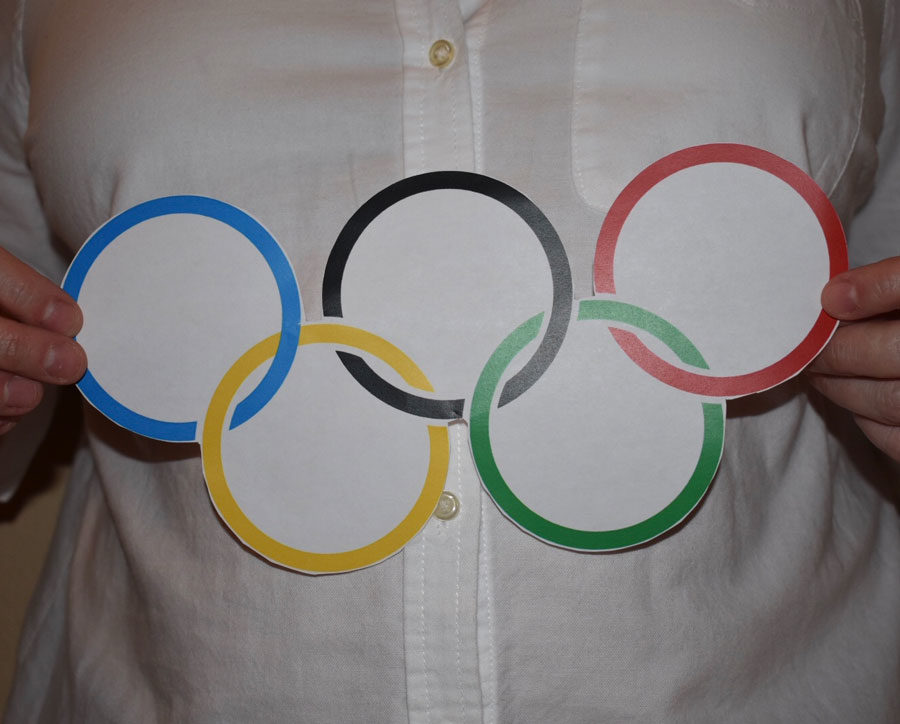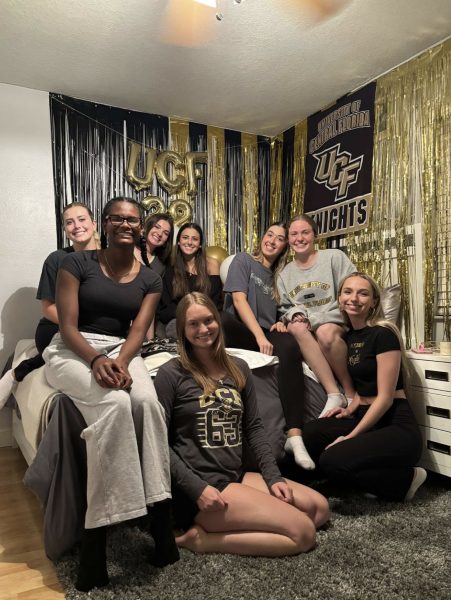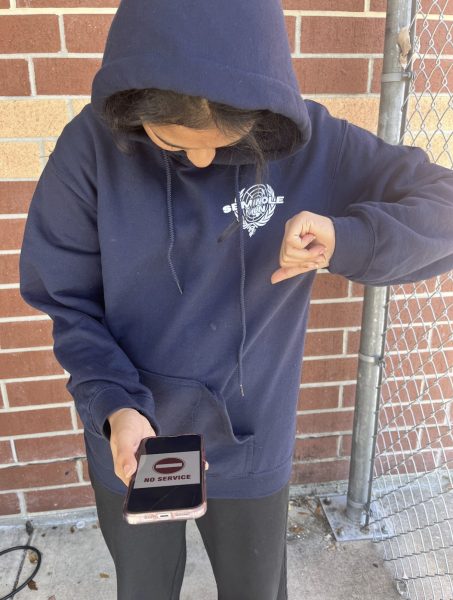WINTER OLYMPICS ENCOURAGE KOREAN HARMONY
The 2018 Winter Olympics has been full of firsts, including a historic union between North and South Korean teams.
February 22, 2018
Olympic fever has taken Seminole by storm, with the symbolic Olympic torch becoming reignited after two years in the dark. Located in PyeongChang, South Korea, 91 countries are represented in over 15 events.
Since the opening ceremony on Feb. 9, these Games have been making history. For example, American athlete Mirai Nagasu became the first female figure skater to land a triple axel at the Olympics, and Norway’s Havard Lorentzen broke the Olympic record for 500 meters in men’s speed skating. However, one new record has great significance to Korean-Americans at SHS: the participation of North Korea.
“It’s really nice that the Koreas are coming together and participating as one. Hopefully this will show that peace is attainable when compromises and agreements are made and it will initiate further agreements between other countries,” said Korean-American sophomore Zoe Routson.
North and South Korea have joined forces to compete at the PyeongChang Winter Olympics, flying under a pan-Korean white and blue flag. Twenty-three North Korean athletes have joined the South Koreans, marking the first time that the countries are reuniting under one flag at the Olympics in over 10 years.
An example of Korean unity was seen at the ice rink on Feb. 10, when the Korean women’s hockey team competed against Switzerland. The team was comprised of 12 North Koreans and 23 South Koreans, with dozens of North Korean cheerleaders in the stands. Kim Jong Un’s sister, the influential politician Kim Yo-Jong, also made a surprise appearance at the opening ceremonies, sitting with U.S. Vice President Mike Pence and South Korean President Moon Jae-in.
Although the movement has been peaceful thus far, many Koreans were opposed to this union, claiming it could be dangerous for South Korea. Conservative citizens of South Korea even signed a petition against the joint team. Still, many of the South Korean athletes felt that it was a positive movement toward unity of their countries, which is something that generations of Koreans have been waiting to see.
Korean-American senior Sorin Cho understands this dichotomy of opinions.
“It’s good to see a joint team. It’s good to have hope,” he said. “[But] as far as I know, the younger generation of Koreans don’t perceive unification as a priority. It’s been over 60 years since the split and there is not nationalistic or ethnic connections between the North and the South.”
Regardless of the controversies, the Olympics continue to capture the imagination of people across the world, providing a testament to the power of peaceful cooperation.



































